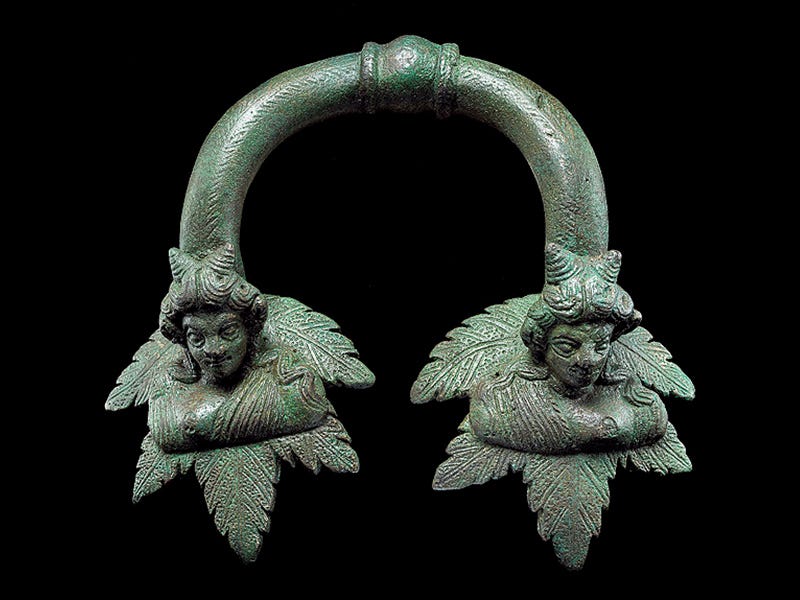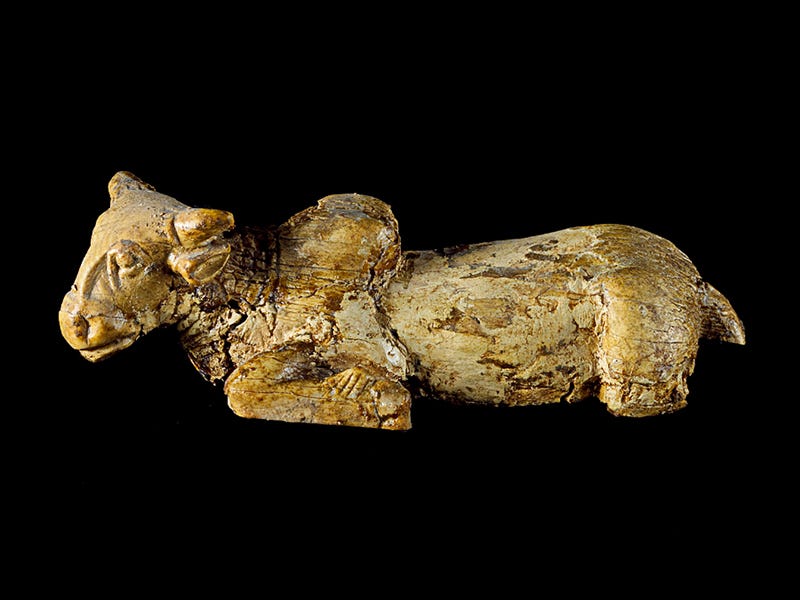A China that is increasingly assertive on the world stage is also making news as 2021 rolls on with an energetic pivot in her domestic direction, a pivot that is shaking up Chinese society, the economy, and politics. In the name of softening inequalities, taming costs, squashing undesirable behaviors, and promoting a more equitable, stable, and harmonious future for the people, the government is fully invested in trying to lock-in China’s position as a local, regional, and world leader.
China’s Next Phase
Afghanistan and the Chinese Art Connection
One More Thought
China’s Next Phase
During this 100th anniversary year of the Chinese Communist Party (CCP) and leading into next year’s 20th National Party Congress where President Xi Jinping will be standing for a recently-authorized third term, big things are happening in China.1
The movement has a name, Common Prosperity, gongtong fuyu, 共同富裕. It is not a new concept in Chinese Communist rule; however, its resurgence represents the next phase of the Party’s plan for leading China and her people back to greatness.
The first phase was from 1949-1978 (the Mao and immediate post-Mao years). This phase saw almost-nonstop struggles and chaos, and a general meandering of the country at a lower level of development.
The second phase was from 1979-2012 (the Deng Xiaoping and post-Deng years). This phase saw a commitment to and tolerance of capitalist policies, private enterprise, and measured liberalization of social controls. This was the era of Socialism with Chinese Characteristics, of the Reform and Opening Movement. It called for some to get wealthy first in order for the country to advance as a whole and witnessed the staggering growth that has propelled China to be the world’s second largest economy and a growing political, military, and cultural power.
The new third phase (the Xi Jinping years) has been percolating since Xi assumed power in 2013 and has burst into public consciousness this year.2 This is the era of Xi Jinping Thought on Socialism with Chinese Characteristics for a New Era. It is characterized by a retrenchment of the liberal policies of the prior era; a consolidation of power, control, and direction under Xi’s leadership in the name of the Party; and a push to stamp out inequities, alleviate poverty, and fully shape society and culture.
Common Prosperity lends itself well not only to China’s historically more authoritarian form of governance, but also to the CCP’s thematic, sloganeering, and exhortative style of rule. The Party’s expressed goals are to cure societal ills, promote financial, housing, and educational equity, deepen stability, improve livelihoods and lives, and advance national interests. If successful, this will be good for the country and thus good for the political party leading the country. In this, the CCP is not unlike most other governments around the world. What government does not espouse these as professed goals? It is the Chinese method and the CCP clout that differ from many.
President Xi delivered major pronouncements on Common Prosperity at a recent meeting of the Party Central Committee on Financial and Economic Affairs (see articles here in Chinese and English from the Chinese press). The number of positions staked out, policies proclaimed, and the apparent speed of it all this summer causes whiplash if one reads too much too fast.
There are many unknowns concerning the pivot--about the positions and policies themselves, their implementation, enforcement, and effectiveness, of what else is yet to come. The following are a snapshot of many of these recent actions:
Encouraging income redistribution from the haves to have nots (new taxation and an emphasis on corporate charitable donations);
Enacting new laws protecting data storage and security, cyber security, and personal privacy, including a strict personal information protection law;
Promulgating new rules promoting regulation of algorithms on the internet (content aggregation, personalized recommendations, and search rankings);
Strengthening CCP control and guidance among Party members and throughout all levels of society;
Promoting Xi Jingping Thought throughout the Chinese education system;
Crackdown on entrenched and widespread private, afterschool education and tutoring programs and its broader impacts;
Crackdown on large Chinese tech companies domestically and internationally (power and reach, treatment of employees, and unfair competition/antitrust);
Control of the ride-sharing industry, cancellation of the bike-sharing industry, overhaul of the food delivery industry;
Crackdown on the rich and powerful (corporate titans, celebrities, political leaders at many levels and their acquaintances, associates, family, and contacts);
Crackdown on abusive landlords and online rental platforms (limitations on rent collection and new escrow requirements); and
Crackdown on youth online video gaming (limiting this so-called spiritual opium to three specific hours total on weekends and holidays only).
For those who want more (and who have a chunk of spare time), this is a lengthy and detailed analytical exposition in English and Chinese on Xi Jinping Thought.
Can the Party succeed in this new campaign?3 If so, the People’s Republic of China will likely become a role model for much of the world. This being said, the path is fraught with dangers.
The dangers lie in part with the China’s not infrequent experience of over-zealousness in political and social movements. This has led to repeated civil wars, battles, hardship, and misery throughout much of Imperial history and since 1949. In addition, hardening nationalism, sensitivity to perceived slights (public shaming culture), and a swelling pride (that can veer to overconfidence and at times arrogance) on the one hand, and stringent Covid clampdowns, massive global economic disruptions, and sharp demographic declines all weigh heavily on the local economy and therefore the people.
The Party is engaged in a delicate dance. It needs to address real ills that have the possibility of rising to become revolutionary movements, but in a manner that will not shut down the economic engine that has propelled the country to this point. It wants to exercise control without sacrificing forward momentum. The Chinese population is much more accepting and tolerant of paternalistic government than many, but as discussed in One More Thought below, public opinion still matters.
Afghanistan and the Chinese Art Connection
A recent Sixthtone article entitled “The Enduring Influence of Afghanistan on Chinese Art” caught my eye.
“For millennia, [Afghanistan] was a cultural hub, a link between the great civilizations of Greece, India, Persia, China, and the steppe nomads. It was also an artistic center in its own right, one that had a profound influence on the development of what we now think of as Chinese art and culture.”
The area that is Afghanistan was an important part of the overland Silk Road. Greek and Central Asian influences have been found on art discovered in China. Buddhist themes across borders are widespread. Artifacts appear in gold, tapestry, bronze, stoneware, and more.
The cross-cultural connections reflected in this exchange are evidence of a vibrant global system. I particularly like this nugget:
“Even today, the emblem of China’s General Administration of Customs includes the caduceus — a staff entwined by two snakes carried by Hermes, the Greek god of commerce. The origins of the symbol can be traced to the large-eyed Hermes and caduceus featured on brocade trousers unearthed at Loulan, Xinjiang province, and which have been identified by archaeologists as woven by Bactrian artisans.”
My thread pulling led me next to read about the Bactrian hoard of artifacts discovered at four sites in Northern Afghanistan in 1978. Beginning in 2017, an exhibit of more than 200 of these artifacts (“Afghanistan: Treasures from the National Museum, Kabul”) toured China. The photographs included here are from this exhibition.
In learning more about this exhibit, I discovered something that startled me in hindsight. It was not that the exhibit contained artifacts dating from the third century BCE to the first century CE. Nor that what was shown was but a tiny fraction of the massive archaeological discovery. No, it was, rather, that I was not only in Beijing when the exhibit had its three-month run from March to June 2017, but I was even at the Palace Museum.
As I toured the Imperial City for a few hours on a weekday in April, 2017, chaperoning a visiting group of American high school students, I clearly knew nothing about the fascinating history displayed just steps away in the Meridian Gate Gallery as I passed through the gate into the Imperial City.
One More Thought
Though controlled, China has a vibrant online ecosystem that provides a varied outlet for public expression (until the same is scrubbed). And the Chinese Communist Party listens. Striking success in combating Beijing’s notorious smog since 2013 is one example. Now, new Common Prosperity regulations governing treatment of employees, hours of work, surveillance, and overtime are in large part reactions by the government to issues raised online.
China’s growth over the past forty years has been explosive. But it was also bareknuckle capitalism. China has one of the largest wealth gaps in the world. The rights of the have nots and many of the common masses have not been a priority. The recent Lying Flat Phenomenon, tangping zhuyi, 躺平主义, is one reflection of this blowback from young tech workers. Protocol.com/china/ sums up well what this trending slogan means in the real world: “Lying flat means keeping it Zen and dropping out of zero-sum competition, or even the workforce.” This is something that catches the government’s attention.
Follow Andrew Singer on Social Media: Instagram, Facebook, Twitter.
Photo of Chongqing, China by Toby Yang at https://unsplash.com/photos/sRy2kBQCNts
Photo of Xi Jinping by Jason Lee at www.reuters.com
Photo of Huangshan, China by Huangshan, by dfyb Travel Captures at https://unsplash.com/photos/z8mmW-01Ats














